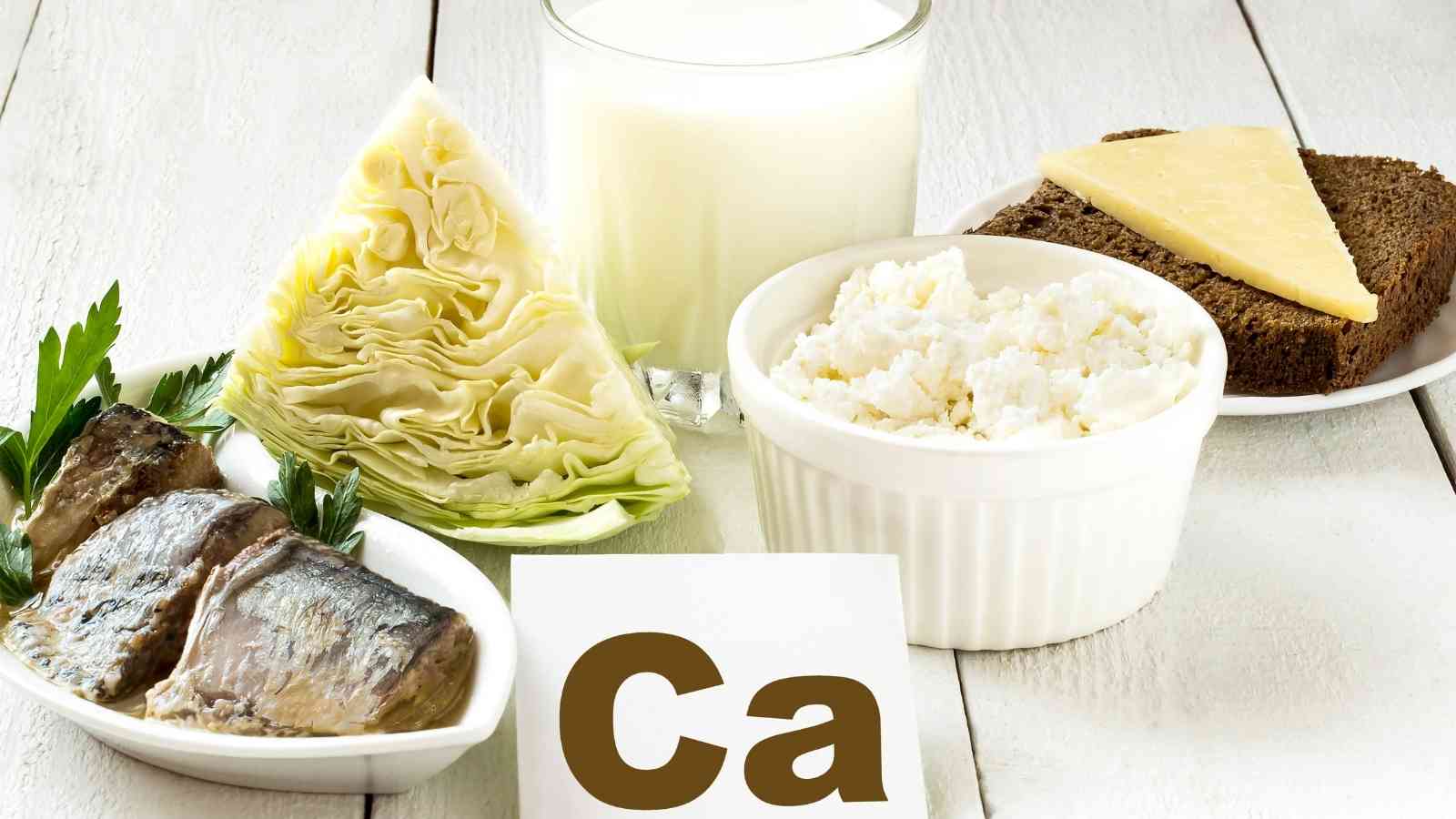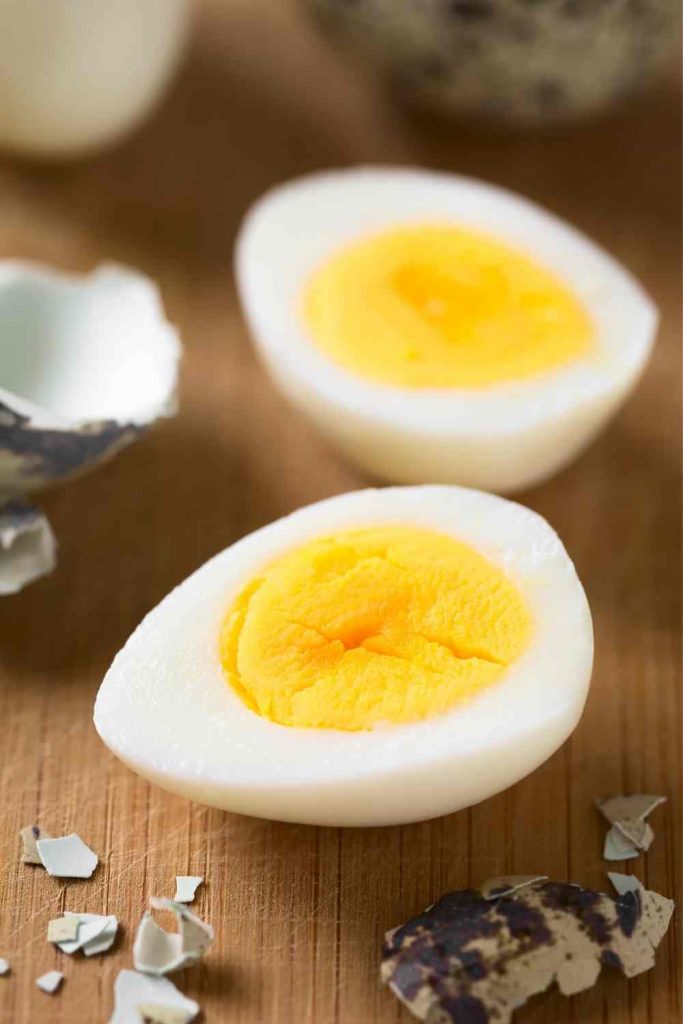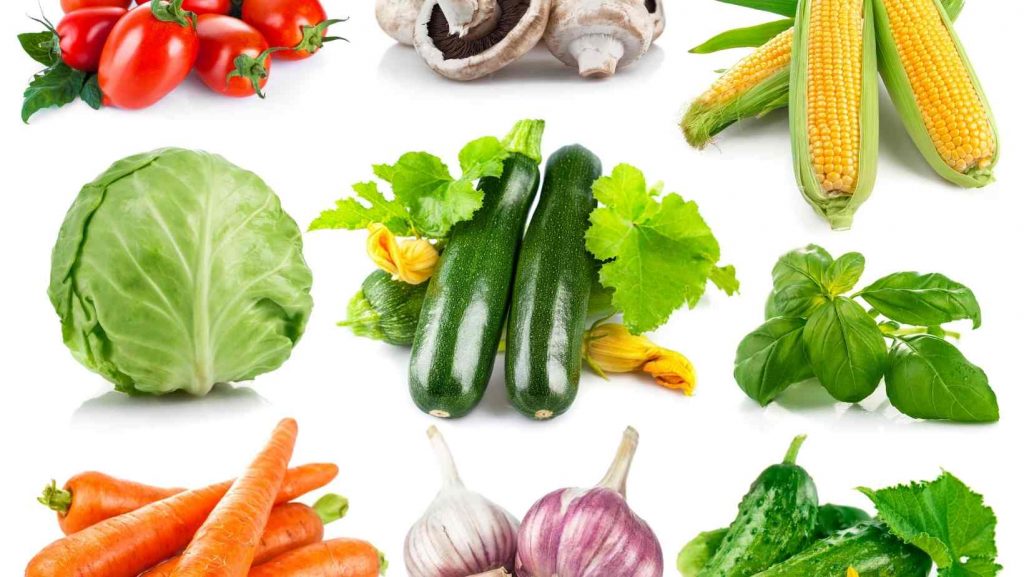What is the role of Vitamin D and Calcium in the body?
It is necessary for the body to absorb minerals such as calcium and phosphorus, and vitamin D is essential for this. Ingested foods and supplements include minerals, which are absorbed by the body and deposited in the bones.

- Women and pregnant women were underrepresented in the research that were used to develop the dietary guidelines. 100 percent orange juice has the potential to help combat inflammation and oxidative stress.
- Nutrition labelling has the potential to be a cost-effective strategy for improving diet quality and preventing obesity.
Due to the fact that skin contact to sunlight is necessary to convert a precursor of vitamin D contained in dietary sources into a form of vitamin D that can be used by the body, vitamin D has been dubbed the "sunshine vitamin." To put it another way, cutaneous synthesis supplies the body with around 80 percent of the vitamin D it requires. If, on the other hand, solar exposure is restricted (as is the case in very cold places throughout the winter), the body becomes more reliant on food sources to maintain adequate vitamin levels.

The mineral calcium is essential for the maintenance of bone construction, but it is also necessary for the regulation of other bodily activities, such as blood coagulation, cardiac contractility, and neuromuscular activity, among others.
What are some good sources of vitamin D and calcium in the food we eat?
1. Fish
Fish is the finest dietary source of vitamin D, according to nutritionists. Tuna, mackerel, and salmon are examples of fatty fish with high vitamin D content in their flesh. Three ounces of cooked salmon contains about 450 International units (IU) of vitamin D, according to the USDA. Cod liver oil is another common source of vitamin D, and one tablespoon of cod liver oil may offer around 1,360 IU of vitamin D.

2. Dairy goods such as milk and cheese
The consumption of milk and dairy products, such as cheese (especially ricotta cheese) and yoghurt, is associated with increased levels of vitamin D and calcium. Dairy products, on the other hand, tend to be heavy in fat, thus they should be consumed in moderation as part of a well-balanced diet in order to avoid unnecessarily gaining weight.
3. Egg Yolks
It has been determined by the United States Department of Agriculture (USDA) that one big egg (weighing around 50 g) contains roughly 50 IU of vitamin D3, with the highest concentration of calcium being found in the yolk. Including whole eggs in one's diet may assist to enhance one's vitamin D consumption, according to research.

4. Mushrooms
Cultivated mushrooms contain the plant sterol ergosterol, which is a precursor to vitamin D. Ergosterol is found in cultivated mushrooms. When mushrooms are exposed to sunshine, they create vitamin D in its natural state.

5. Vegetables
Dietary calcium may be found in dark green vegetables such as kale, spinach, okra, and collards. When it comes to vegan diets, which do not contain any animal-based meals, these veggies are essential components.

In order to support bone health and avoid bone disease, adequate dietary intakes of vitamin D and calcium are required. These few natural foods are high in vitamin D and calcium, and should be included in your diet. Incorporating vitamin D and calcium into foods is a safe and effective strategy to guarantee that the majority of individuals in the United States and the United Kingdom meet their recommended daily consumption levels of these vitamins and minerals.




